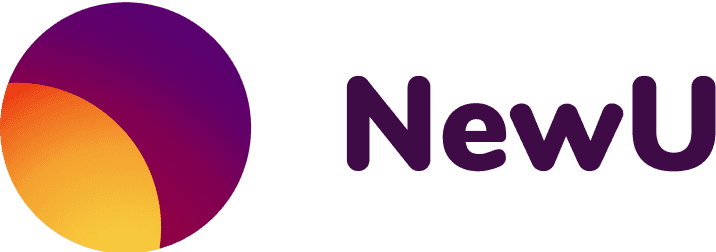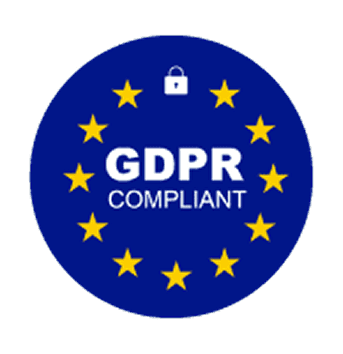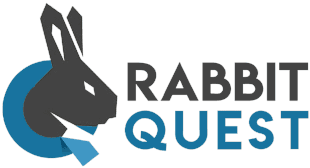How do I link my vitality initiative to productivity results? 🎯
As an HR manager, you are always looking for ways to strengthen your organisation and support employees in their growth. You have recently launched a vitality initiative to promote the health and well-being of your employees. But then comes the time when you face the management team and they want to know: what has this initiative actually delivered? They are curious about hard numbers and productivity data. How do you connect your vitality initiative to the desired productivity results in a way that impresses?
Time to read: 5 minutes
Measuring is knowing 📏
You probably recognise it: you have a clear goal in mind, but to achieve that goal, you first need to know where you stand. With a vitality initiative, it is no different. Imagine presenting your project without the right figures or benchmarks; it quickly becomes difficult to show the impact. That is why it is crucial to define clear KPIs from the start that measure the productivity of your employees.
An example of how to approach this is by working with team leaders to look at relevant KPIs such as the number of overtime hours, the average time taken to complete tasks, or the achievement of specific targets. By collecting this data before and after the vitality initiative, you can present concrete results that show what the impact of your initiative has been. If you find that the numbers haven't changed as you expected, that's a valuable lesson for the future. Ask yourself: what needs to be changed in order to see a change? This approach makes your vitality initiative a living project that can be continuously improved.
Besides tracking traditional KPIs such as overtime and completed tasks, you can also think about measuring wellbeing indicators, such as the number of sick days or employee turnover. These figures can give a deeper insight into the overall vitality of your team. Imagine noticing that absenteeism drops after launching your vitality initiative. This could mean that employees feel healthier and less stressed, which in turn affects their productivity. By systematically tracking and analysing this data, you can demonstrate even more clearly how your vitality initiative contributes to a healthy, productive work environment.
Ding ding ding ding! 💸
The management team often thinks in terms of numbers and cost savings. How do you convince them that your vitality initiative is not just a ‘nice extra’, but actually contributes to the bottom line? When employee productivity increases, this translates directly into financial benefits. For example, you can show how much is saved by not having to hire extra staff or how profits increase because a marketing campaign can be launched earlier. To provide these insights, you can start by calculating the expected cost savings or revenue increases that come from improved productivity. For example, have you seen that the time it takes employees to complete projects has decreased? Then calculate what this means in terms of cost savings or additional revenue opportunities. These figures can give your presentation a solid foundation and show that your vitality initiative directly contributes to the organisation's growth.
Another scenario you can consider is linking your vitality initiative to employee retention figures. If you can show that employees who participate in the vitality initiative stay with the organisation longer, that is a direct saving on recruitment and training costs. HR managers can, for example, calculate how much costs have been saved by reducing turnover among vital employees. This perspective highlights how the well-being of your employees not only improves their productivity, but also contributes to the stability and continuity of the organisation. By sharing these insights with the management team, you strengthen the business case for your vitality initiative and make it clear that it is not just about employee well-being, but also the strategic benefits for the organisation.
Your secret weapon 🗣️
Every HR manager knows that numbers are important, but nothing is as powerful as personal stories. The real power of your vitality initiative comes out in the experiences of your employees. When they feel fitter, more productive and less stressed, it has a direct impact on their work and, more importantly, on the atmosphere within the team. How great is it if you can share these stories with the management team?
You can do this by having employees from different departments tell their experiences. This can be done, for example, through a video in which they explain how the vitality initiative has changed their work and life. When an employee tells you that he now starts his day with more energy and therefore completes more tasks successfully, it makes an indelible impression. These stories are not only a powerful confirmation of the value of your vitality initiative, but also serve as inspiration for future projects. In addition to videos, consider including personal testimonials in written form in reports and presentations. For example, ask employees to describe in a short story how the vitality initiative has improved their daily work experience. You can quote these stories directly during your presentation, so that the management team feels the impact in the words of those most affected. By combining these personal stories with your data, you build a compelling story that touches the heart as well as the head, underscoring the value of your vitality initiative on multiple levels.
The key insights
As an HR manager, your goal is not only to ensure the well-being of your employees, but also to show that this well-being has a direct impact on the organisation's productivity and, ultimately, profits. By carefully measuring, comparing and improving, you create a solid foundation for your vitality initiatives. With hard numbers, you can entice and convince the management team of the financial benefits. And by letting your employees' voices speak, you ensure that the impact of your work is felt not only in numbers, but also in emotions.
Linking your vitality initiative to productivity results is not only a smart strategy, it is the way to show that vitality and business success go hand in hand.




